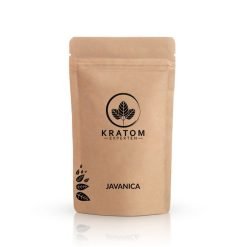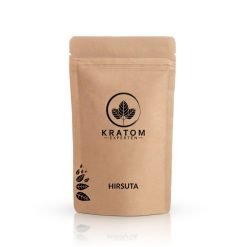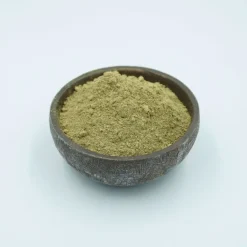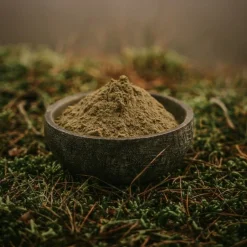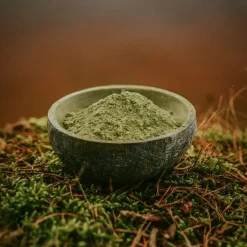Kratom
Mitragyna leaf structure-The Leaf Structure in Tropical Trees
A Closer Look at Mitragyna Leaves
Leaves are nature’s solar panels. In tropical regions, where sunlight, humidity, and rainfall are abundant, trees have developed unique leaf structures to thrive in challenging, competitive environments. Among these tropical trees, the Mitragyna genus offers a fascinating case study in how form follows function in the plant world.
In this article, we explore the mitragyna leaf structure, what makes it distinct, and why it matters from both an ecological and botanical perspective.
Why Leaf Structure Matters
In tropical ecosystems, trees are constantly competing for sunlight, space, and moisture. The structure of a leaf – its shape, thickness, vein arrangement, and surface – plays a crucial role in:
-
Maximizing light capture
-
Managing water efficiently
-
Withstanding heavy rainfall
-
Facilitating gas exchange and transpiration
Understanding the leaf structure of specific tropical species helps us appreciate how they adapt and flourish in their natural habitats.
A Botanical Introduction to Mitragyna
The Mitragyna genus belongs to the Rubiaceae family and includes several species native to Southeast Asia and Africa. These trees typically grow in lowland forests, along riverbanks, and near open fields. Mitragyna leaves are known for being large, textured, and highly symmetrical – ideal features for tropical conditions.
Two commonly studied species with prominent leaf characteristics are:
-
Mitragyna speciosa
Each has its own unique leaf pattern, but they share structural elements that support the tree’s survival in hot, humid, and often unpredictable environments.
Water, Light and Survival
Mitragyna leaves excel at managing water through their slightly hairy surface and controlled stomatal function. The pubescence reduces water loss while also helping water roll off quickly during heavy rains, avoiding fungal build-up or structural damage.
Their broad shape and flexible petioles allow them to angle themselves optimally toward the sun, adjusting slightly throughout the day to make the most of changing light.
Key Leaf Characteristics in Mitragyna leaf structure
Let’s take a closer look at the structure of Mitragyna leaves, using M. hirsuta as the primary example:
1. Size and Shape
-
Leaves can grow up to 32.5 cm long and 23 cm wide
-
Shape varies from elliptic to obovate and orbicular
-
Broad surface area maximizes sunlight absorption
2. Surface and Texture
-
Typically pubescent (lightly hairy), especially in M. hirsuta
-
Slightly leathery (subcoriaceous) for durability in direct sun
3. Vein Arrangement
-
8–16 pairs of secondary veins, running at angles of 30°–70°
-
Veins form loops near the edges (intra-marginal veins)
-
Tertiary veins are finely netted (reticulate), offering strong internal support
4. Petiole and Stipules
-
The petiole (leaf stalk) is strong and often reddish or pale green
-
Interpetiolar stipules form small, leafy structures at the base – used for protection during bud development
These structural traits aren’t random – they’re a direct response to the tropical environment, where rain can be intense and light competition is constant.

Leaf Evolution in the Tropics
Leaf evolution in tropical species like Mitragyna is driven by:
-
Rainfall management (drip-tips and waxy coatings)
-
Shade adaptation (thinner leaves for low light)
-
Herbivore defense (tough surfaces or secondary compounds)
-
Symbiotic interactions (ants, fungi, microorganisms)
Mitragyna leaves appear to strike a balance between durability, flexibility, and growth efficiency – a testament to millions of years of evolution in complex environments.
Practical Applications of Understanding Leaf Morphology
Why should we care about leaf structures like these?
-
Botanical design: Knowing how plants manage water and light informs garden design, reforestation, and agroforestry
-
Eco-education: Teaching how structure supports function can spark curiosity in biology and sustainability
-
Formulation science: For those working with botanicals in skincare or textiles, leaf morphology gives clues about how to work with raw plant material
The Aesthetic of Structure
There’s also an undeniable beauty to the geometry of leaves. The symmetry, veining, and curvature of Mitragyna leaves make them appealing not just to scientists – but also to artists, herbalists, and nature lovers.
From a design perspective, Mitragyna leaf veins create organic patterns that evoke balance, movement, and complexity – reminding us of the interconnected systems within nature.
Final Thoughts
The mitragyna leaf structure is more than a biological feature – it’s a reflection of environmental intelligence, evolved resilience, and natural artistry. Whether you’re studying plants for academic, ecological, or aesthetic reasons, Mitragyna leaves offer a beautiful entry point into the world of tropical botany.
By taking time to observe, learn, and appreciate the structure of plants, we move closer to a more informed and respectful relationship with the ecosystems around us.

